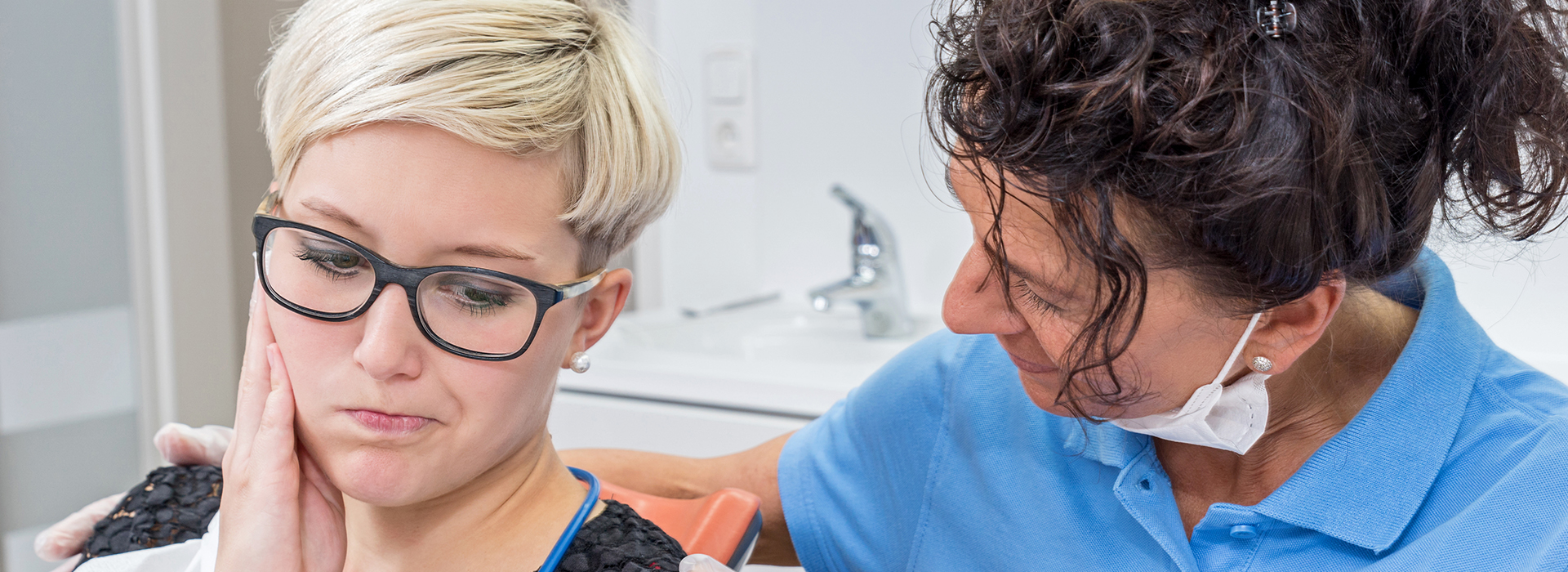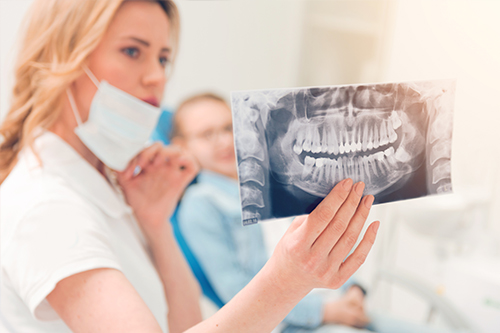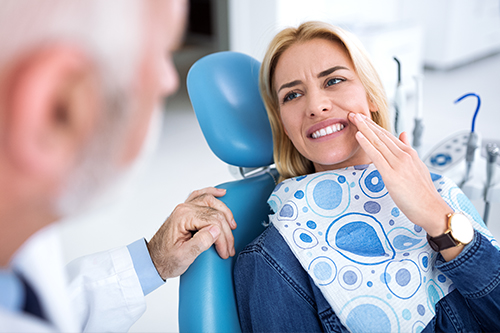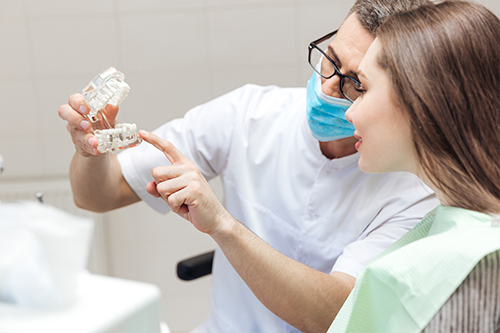When Every Minute Matters: Immediate Dental Care You Can Rely On
Dental emergencies can be sudden and alarming. Whether the concern is sharp, persistent pain, a visibly damaged tooth, or swelling that affects breathing or swallowing, prompt professional assessment helps prevent complications and preserve oral health. Patients who act quickly often have better outcomes, so recognizing when to seek care is an important first step.
Our team in Ossining is prepared to respond when urgent dental needs arise. We prioritize patient comfort and clinical safety, offering focused evaluations designed to determine the source of pain or injury and to stabilize the condition. Quick intervention can relieve discomfort and reduce the risk of infection or further damage to surrounding teeth and tissues.
At Chilmark Dental P.C., we aim to make emergency visits as straightforward as possible for patients and families. From rapid intake to compassionate clinical care, the office is organized to move efficiently through diagnosis and immediate treatment planning so patients can get back to daily life with confidence.
How We Evaluate and Triage Urgent Dental Problems
Accurate, efficient assessment is the cornerstone of effective emergency dental care. When a patient arrives with an urgent issue, the care team performs a focused history and clinical exam to identify the problem’s severity and any risk factors. This approach helps determine whether same-day treatment is needed or whether stabilization and follow-up are the best next steps.
Diagnostic tools — such as digital X-rays and intraoral inspection — are used as appropriate to reveal fractures, root involvement, or hidden infections. These findings guide the immediate plan: painless management for soft-tissue injuries, temporary protection for broken restorations, or definitive urgent care like root canal therapy when the tooth’s nerve is compromised.
Prioritization also includes assessment for systemic concerns. If swelling, fever, or difficulty breathing are present, the situation may require coordination with medical providers to ensure patient safety. Throughout triage, communication with the patient is central: we explain findings, outline options, and collaborate on the next steps toward resolution.
Common Dental Emergencies and Practical First-Aid Steps
Certain problems occur more frequently and benefit from straightforward first-aid measures before arriving at the office. For example, rinsing the mouth with warm salt water can help control minor bleeding and reduce bacteria around a sore area. Over-the-counter pain relievers, used according to directions, often provide short-term relief while awaiting professional care.
Here are typical urgent situations and immediate guidance:
- Toothache: Rinse with warm water, gently floss to remove trapped debris, and avoid placing aspirin directly on the gums or tooth.
- Chipped or fractured tooth: Save any tooth fragments in milk or saline, avoid chewing on the side, and bring the fragments to your appointment if possible.
- Knocked-out tooth (avulsed): If the tooth is whole, hold it by the crown, rinse gently, and attempt to reinsert it or store it in milk or a saline solution; seek care immediately.
- Lost crown or filling: Keep the crown if found and avoid sticky foods; a temporary dental cement can provide short-term protection until professional restoration.
- Swelling or abscess: Apply a cold compress externally to reduce swelling and seek prompt evaluation to address possible infection.
These measures do not replace clinical treatment but can reduce pain and protect oral tissues during the interval before professional care is provided. When in doubt, contact a dental provider for guidance on the safest steps to take.
Treatment Pathways: From Immediate Relief to Definitive Repair
Emergency dental care focuses first on relieving pain and stabilizing the affected area. Depending on the diagnosis, initial steps may include providing analgesia, prescribing antibiotics for spreading infections, placing temporary restorations, or splinting teeth after trauma. The goal is to manage symptoms and prevent further harm while creating a plan for lasting repair.
Definitive treatment varies with the nature and extent of the problem. Small defects may be resolved with repair techniques such as bonding or a new filling, while more extensive structural damage often requires a protective crown. If the tooth’s nerve is involved, root canal therapy is a reliable option for preserving the natural tooth. In cases where a tooth cannot be saved, extraction is performed with attention to preserving surrounding tissues and preparing for replacement.
When replacement is necessary, current options include fixed bridges, removable partials, and dental implants. Implants are widely recognized for restoring function and aesthetics by anchoring a prosthetic tooth directly to the jawbone, helping maintain bone health. Your clinician will discuss the best restorative path based on clinical findings, oral health, and long-term goals.
Throughout treatment planning, our priority is to balance immediate needs with durable outcomes. Care is coordinated so that emergency measures transition smoothly into scheduled restorative procedures and follow-up appointments to monitor healing and success.
What to Bring and What to Expect During an Emergency Visit
Preparing for an emergency visit helps the clinical team act efficiently. Bring a list of current medications, any known allergies, and details about recent dental procedures or injuries. If you have dental insurance information or prior radiographs from another office, those can be helpful but are not required for receiving care.
During the appointment, expect a concise medical and dental history review, a clinical exam, and any necessary imaging. The dentist will explain findings and outline immediate steps to address pain or infection. In many cases, patients receive a treatment that provides rapid relief, followed by a plan for definitive care scheduled at a later date.
After treatment, the team will provide clear instructions for home care, including pain management, oral hygiene guidance, and signs that warrant urgent re-evaluation. Follow-up visits are scheduled as needed to complete restorative work and to confirm that healing is progressing properly. Our staff works to make each step transparent and manageable for patients and their families.
In summary, prompt attention and an organized approach can make a significant difference when dental emergencies occur. If you or a family member experiences a dental emergency, contact us to arrange an evaluation and begin appropriate care. We are here to help with urgent dental needs and to guide you through treatment and recovery.






